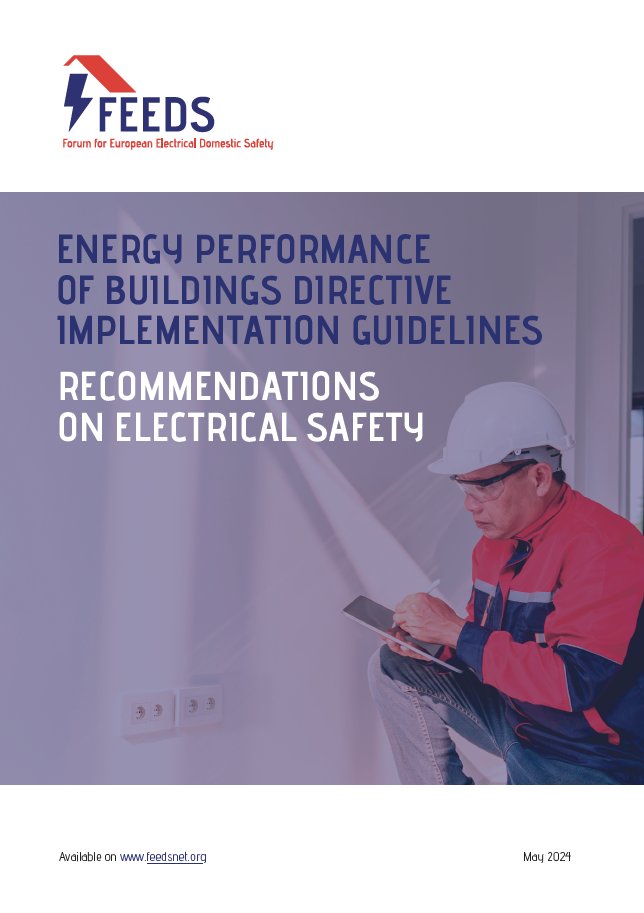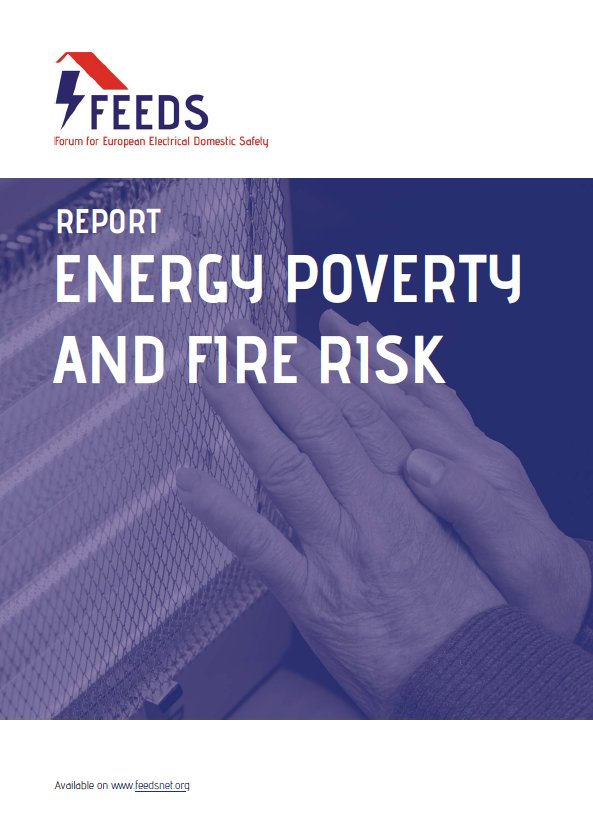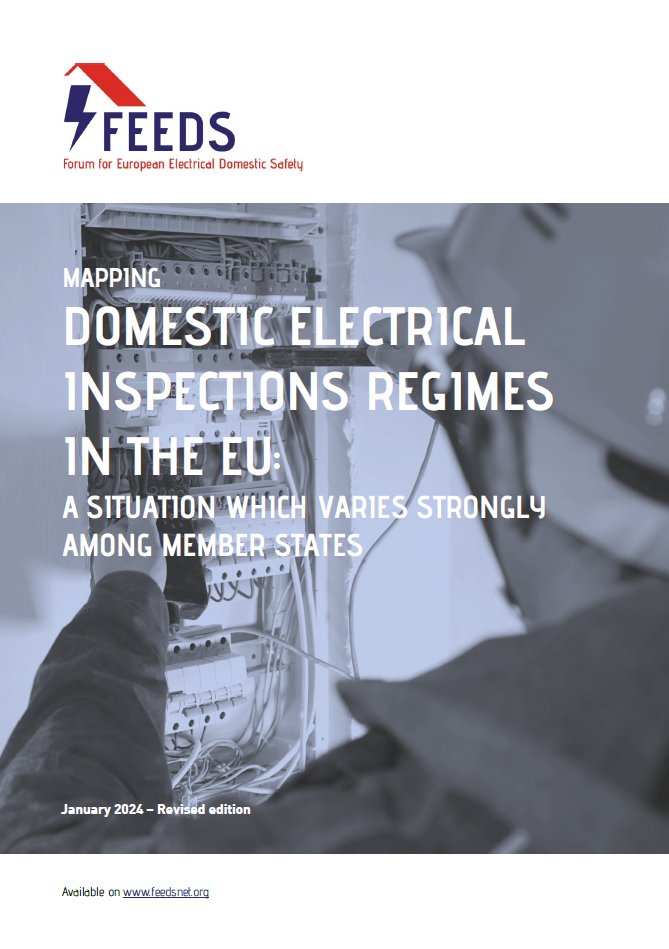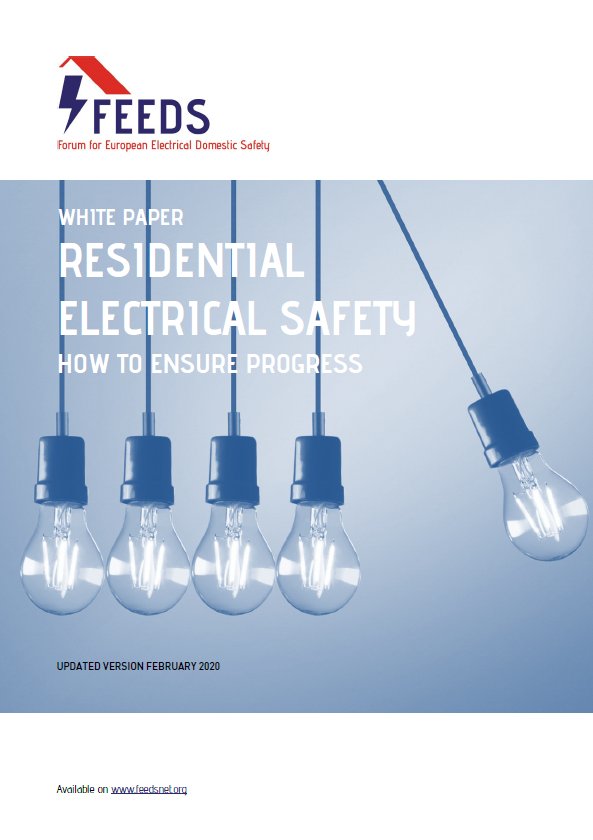FEEDS Reports
View our reports, your inputs are welcome to improve our knowledge, Contact us to bring your comments.
EPBD implementation guidelines: recommendations on electrical safety
For years FEEDS has worked on electrical safety, not only by establishing a complete picture of the situation in the EU but…
Electrical safety check-lists for PV panels, heat pumps, energy storage systems and electric vehicle charging points (2024)
Electrical installations are essential to achieve the energy transition objective. They play an essential role in the energy performance of buildings, enabling…
Energy Poverty and Fire Risk (2022)
Energy poverty is a multi-dimensional phenomenon, caused by a combination of low-income, high-energy expenses, and poor efficiency of housing, effecting 34 million…
Domestic Electrical Inspections Regimes In The EU (2024)
FEEDS analysed the general framework regarding the installation and renovation of electrical installations in dwellings in various countries. As conclusion, EU deployment…
Accidental Electrical Domestic Fires (2021)
Reading fire statistics with the aim of prevention: when analysing fire statistics, the number of accidental fires is obtained by removing arson…
Residential Electrical Safety – How to Ensure Progress (2020)
In the past 120 years, electricity has become the overarching energy source in our everyday life. Its applications have improved our comfort…






